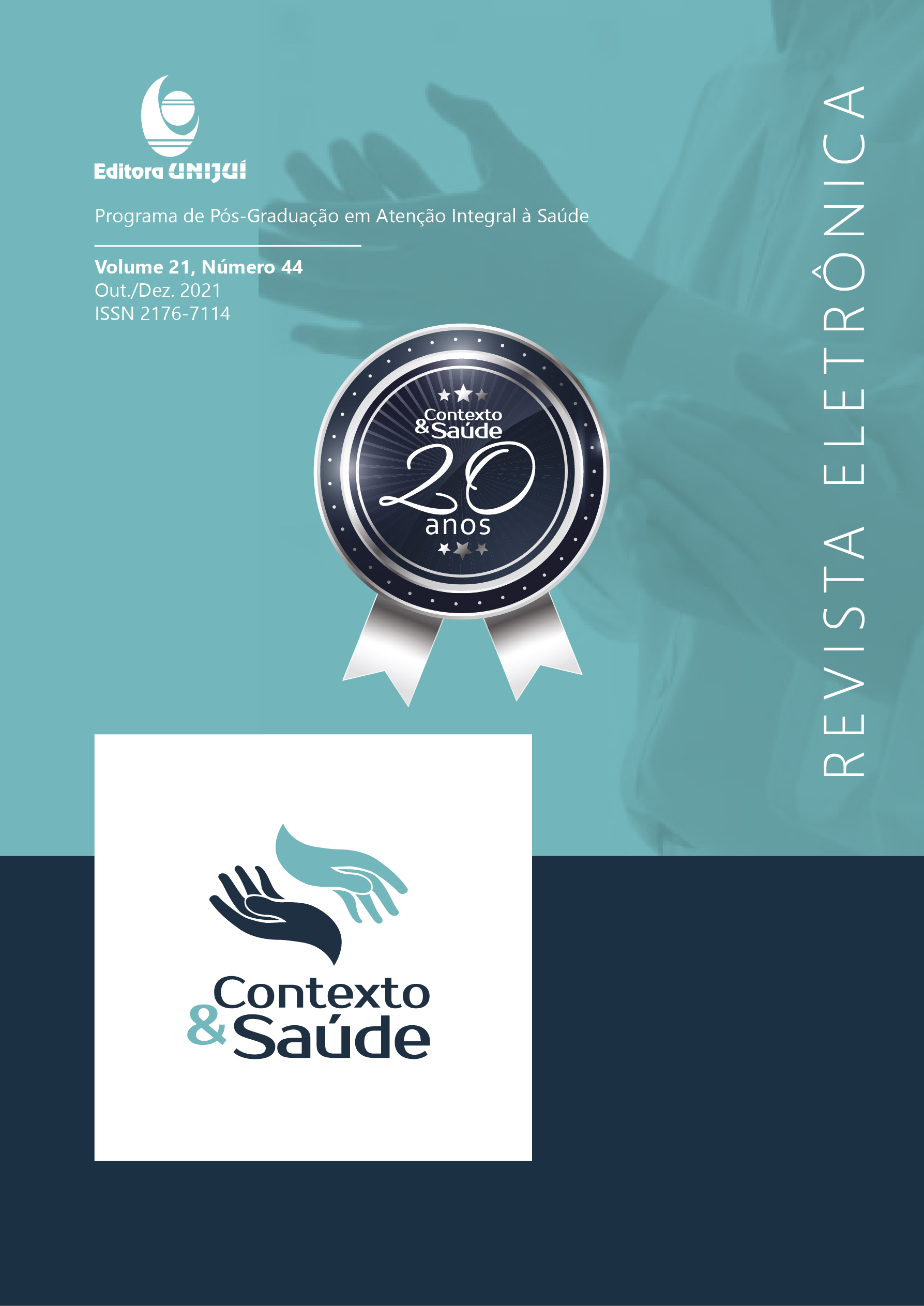DISCURSOS SOBRE A PREVENÇÃO DA HANSENÍASE: O QUE DIZEM CARTILHAS, CARTAZES, GUIAS E PANFLETOS?
DISCOURSES ON THE PREVENTION OF LEPROSY IN EDUCATIONAL MATERIALS IN HEALTH: WHAT DO BOOKLETS, POSTERS, GUIDES AND PAMPHLETS SAY?
DOI:
https://doi.org/10.21527/2176-7114.2021.44.11974Keywords:
Health Education. Leprosy. Documental Research. Prevention.Abstract
Leprosy is a serious public health problem that historically affects populations living in poor living conditions. In contemporary Brazil, leprosy is a disease that affects the poorest sections of the population. Although it is a disease that, once treated, presents significant possibilities of cure and does not present a risk of contagion; due to cultural prejudice, a situation of stigma in relation to the disease still persists. When recognized as hansenian, the individual is permeated by a set of degrading designations. Thus, we recognize prevention as a noble aspect in leprosy control, and one of the forms used is information through visual communication. With this investigation we intend to identify the discourses on the prevention of leprosy printed on posters, pamphlets, guides, booklets and ordinances produced by the Ministry of Health. For this, theoretical-methodological strategies of documentary research were used in the investigation. The documents analyzed gave evidence that in the dissemination of information on leprosy prevention, what prevails is the biomedical discourse on diagnosis, treatment and cure. The sociocultural aspects of the disease with regard to prejudice are absent or are approached timidly in the documents. Moreover, sociocultural information, such as alerting to aspects of prejudice, is not perceived. Language is clearly clinical-biomedical and there is a concern to disseminate among health professionals and patients only that leprosy has a cure.
Downloads
Published
How to Cite
Issue
Section
License

This work is licensed under a Creative Commons Attribution 4.0 International License.
By publishing in Revista Contexto & Saúde, authors agree to the following terms:
The works are licensed under the Creative Commons Atribuição 4.0 Internacional (CC BY 4.0) license, which allows:
Share — to copy and redistribute the material in any medium or format;
Adapt — to remix, transform, and build upon the material for any purpose, including commercial.
These permissions are irrevocable, provided that the following terms are respected:
Attribution — authors must be properly credited, with a link to the license and indication of any changes made.
No additional restrictions — no legal or technological measures may be applied that restrict the use permitted by the license.
Notes:
The license does not apply to elements in the public domain or covered by legal exceptions.
The license does not grant all rights necessary for specific uses (e.g., image rights, privacy, or moral rights).
The journal is not responsible for opinions expressed in the articles, which are the sole responsibility of the authors. The Editor, with the support of the Editorial Board, reserves the right to suggest or request modifications when necessary.
Only original scientific articles presenting research results of interest that have not been published or simultaneously submitted to another journal with the same objective will be accepted.
Mentions of trademarks or specific products are intended solely for identification purposes, without any promotional association by the authors or the journal.
License Agreement (for articles published from September 2025): Authors retain copyright over their article and grant Revista Contexto & Saúde the right of first publication.

